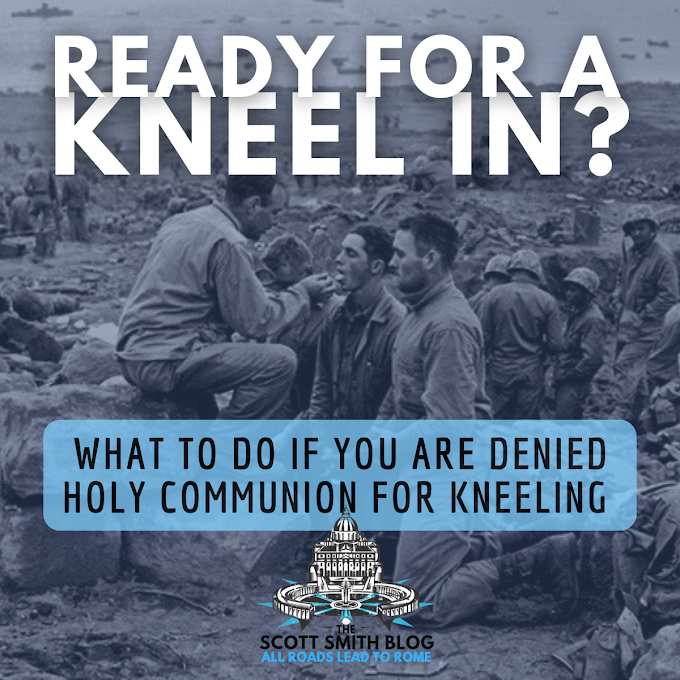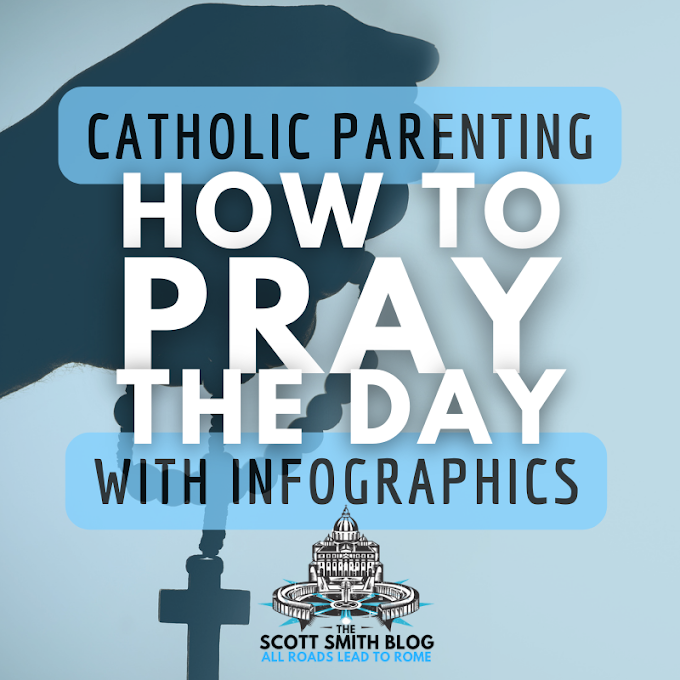Did you know The Lord of the Rings has its own Exodus and Moses? You need to understand this
before you can begin to grasp the full meaning of the Tolkien’s writings.
In the last post, we talked about the basic connection between the Lembas Bread and the Eucharist and J. R. R. Tolkien’s devotion to the Eucharist. Now, let’s follow Tolkien down the path a bit further: “it’s a dangerous business, Frodo, going out your door. You step onto the road, and if you don’t keep your feet, there’s no knowing where you might be swept off to.”
Where did the Lembas bread come from?
Tolkien provides us with some of the bread’s history
elsewhere in his writing. It is interesting that Tolkien should dedicate so
much time to writing about bread if he was not hinting at a greater
significance to the bread.
It is said by the Eldar that the art of preparing the Lembas
came from the Vala Yavanna. Yavanna was one of the Ainu or the “Holy Ones.”
These were the first and mightiest of the beings created by Eru Ilúvatar, “the
One” who is basically “God the Father,” before the creation of the world. All
growing things and fruits were attributed to Yavanna. In the Elvish language,
Yavanna’s name means “Giver of Fruits.”
The art of preparing the lembas bread is said to have
originated as far back as the Elves’ Great Journey to Aman, when Yavanna brought
to them a special corn grown on her own fields. These traditions were passed on
throughout the long ages from house to house of the High Elves.
This is very interesting. For what might Tolkien’s “Great
Journey” be an allegory?
The Exodus of The Lord of the Rings, The Elves' Great Journey, and the Eucharist
The Great Journey was the march of the elves, the Eldar, from
Cuiviénen, the place of their awakening, to Valinor. Valinor is elsewhere
called the Undying Lands. Only immortals such as the elves and ringbearers are
permitted to live in the Undying Lands. Valinor is, therefore, the equivalent
of Heaven or the Promised Land.
When in salvation history was there a “great journey,” or
“Exodus”, to the Promised Land? The Great Journey of the Eldar is an allegory
for the Exodus of the Israelites out of Egypt. The Great Journey is the
equivalent of the Wilderness Wanderings, the forty years the Israelites spent
wandering in the desert and wilderness of the Sinai Peninsula.
But wait, what did the Israelites eat during those forty
years spent wandering in the desert? Wasn’t it some kind of bread?
The Manna of The Lord of the Rings
The Manna was the miraculous bread that fed the Israelites
for forty years in the desert, cf. Exodus 16; Numbers 11:6-9. It was bread from
heaven. It fell during the night in small white flakes or grains which covered
the ground and presented the appearance of hoar frost. These grains are
described as resembling coriander seed and bdellium, with a taste like
"flour with honey" or "bread tempered with oil" (Exodus
16:31; Numbers 11:7-8).
The manna formed on the ground as flakes or wafers. Does
that sound familiar? Bread in the shape of wafers? The manna is clearly a
prefigurement of the Eucharist, the bread from heaven which becomes the flesh
of Christ during the consecration during the Catholic Mass.
Jesus’ followers actually ask him about the manna at the
beginning of the Bread of Life discourse, John 6:30-31:
Then what sign do you do, that we may see, and believe you? What work do you perform? Our fathers ate the manna in the wilderness; as it is written, ‘He gave them bread from heaven to eat.’
This marks the beginning of Jesus’ Bread of Life discourse.
He declares that he, himself, is the “Bread of Life.” Jesus’ own flesh is the
new Manna. The Eucharist is the fulfillment of the Manna.
If the origin of lembas bread wasn’t enough, Tolkien makes
even more connections between the lembas bread and the Eucharist. For example,
he describes the lembas bread as a “wafer”:
'Praised be the bow of Galadriel, and
the hand and eye of Legolas! ' said Gimli, as he munched a wafer of lembas. 'That was a mighty shot in the dark, my friend!'[1]
In the History of Middle-Earth, Tolkien also describes how, during the
First Age, lembas was wrapped in "leaves of silver [...] a wafer of white wax shaped as a single
flower of Telperion."[2]
Again, the lembas bread is described as a wafer, but also a white wafer. Just like the Eucharist.
But there’s more, where did these “leaves of silver” come from and what is
“Telperion”?
For the answer to this last riddle of “Telperion”, please
stay tuned for the next post. Hint: The next post will be about The Two Trees
of The Lord of the Rings …
For more quality Sci-Fi and Fantasy nerdiness, you can check out my articles at Nerdatron.com.
For more quality Sci-Fi and Fantasy nerdiness, you can check out my articles at Nerdatron.com.
Please comment and share! Sharing is caring.












0 Comments